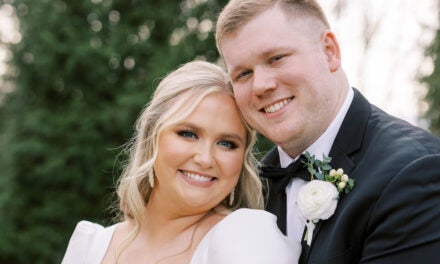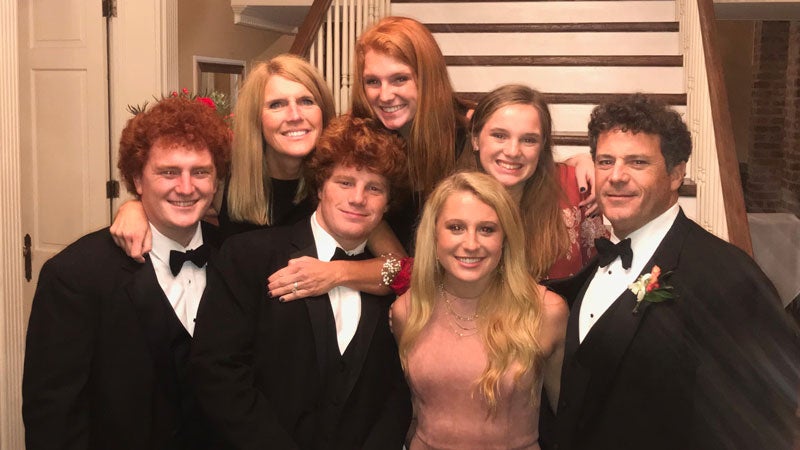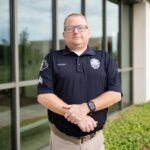Photos by Holland Williams & Contributed
Rucker Collier was a vibrant, brave boy no matter what came his way. Even as he endured chemo treatments, surgeries, pricks, pokes and tears from age 4 to age 6, he’d smile and hold two thumbs up. “That was easy peasy,” he’d say as a moment he hadn’t been looking forward to passed.
For more than two years Rucker battled Stage IV Sclerosing Epithelioid Fibrosarcoma (“SEF”), a rare soft tissue sarcoma, but he was far from alone in his battle. His second home, Vestavia Day School, and a community of friends walked through each step of his journey with him, but perhaps his biggest team members were his parents, John and Katie. Although Rucker passed away on October 29, 2020, the fight they began for their son is far from over today.
Rucker had been a happy and active child until he began limping in March of 2018. An X-ray led to an MRI that showed a small spot on his left fibula that an orthopedic surgeon suggested be removed. In June of that year, just after he turned 4, Rucker tripped and broke his other femur, which led to the discovery of another lesion on his other leg. From there full body X-rays revealed a mass in his belly, and a CT scan found a large tumor on his left kidney, nodules in his lungs and several lesions in his bones—which meant he had Stage IV cancer.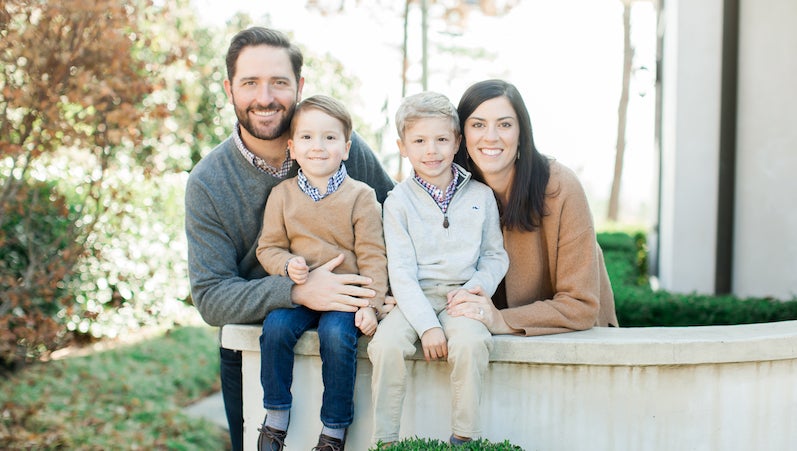
From there Rucker was immediately admitted to the oncology wing of Children’s of Alabama, and eventually genomic testing confirmed the diagnosis of SEF. From the start, Rucker’s oncologist at Children’s, Dr. Aman Wadhwa, was realistic about Rucker’s diagnosis, telling John and Katie that the disease was incredibly rare—especially in children—and there was no known cure. But Dr. Wadhwa remained steadfast and promised to provide Rucker the best treatment possible. John and Katie proceeded with an attitude that since there was little research or data on pediatric patient outcomes for SEF, then no odds were better than bad odds. Over the next year, Rucker received the frontline treatment for soft tissue sarcomas, which included heavy doses of chemotherapy, radiation and multiple surgeries. In it all Rucker, ever the tenderhearted rule follower, was cooperative and rarely complained.
After a second and third round of traditional sarcoma treatments, though, Rucker’s doctor had to break even tougher news to John and Katie: Rucker had a recurrence of disease in his lungs and there were little, if any, other recommended therapies to treat it. He encouraged the family to seek alternative opinions for Rucker.
“Before that we were doing what the doctors told us, and we had faith in them,” John recalls. “When your oncologist looks you in the eyes and says, ‘I don’t know what do to next,’ it creates a panic in the father and mother. That was when my mission kicked into high gear.”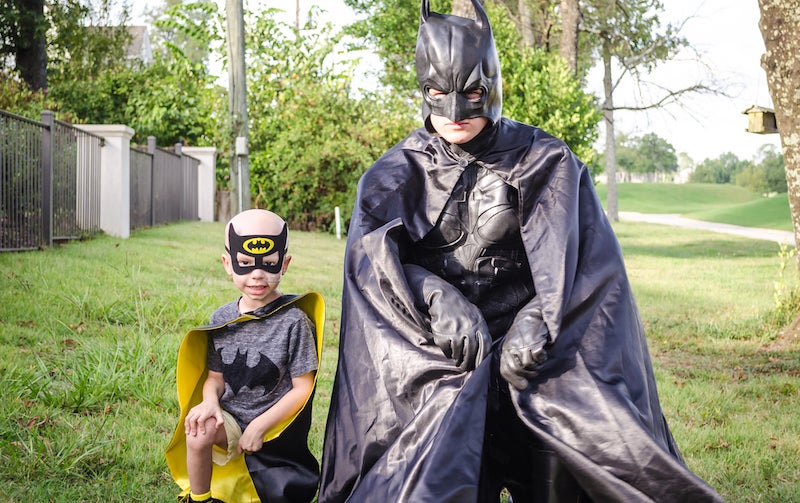
So with Dr. Wadhwa’s support and encouragement, John, who works in the investment management industry, did what he knew how to do. He’d spent years networking to find clients, and he put that skillset to work to find the best doctors and scientists he could to help his son.
If you Google SEF, not much comes up. At the time of Rucker’s diagnosis, only around 100 documented cases were reported, ever. As Katie began to get to know other families facing SEF through a Facebook group, John set to work reading the few papers that did exist on the disease, followed their footnotes and read those papers. From there he made note of papers’ authors, put together a PDF with pictures of Rucker and a list of fields they were seeking expertise in, and emailed those authors. “One thing I found is when there’s a parent trying to help their child a lot of people want to help and offer their knowledge,” John notes.
That’s when a whole new world of science was opened to the Colliers. A key link in this new network came after John found a YouTube video of a panel of doctors discussing experimental or “off-label” drug therapies for sarcomas. One of the doctors from Stanford University, who specializes in immunotherapy for sarcoma in adults, said something that John would never forget: ”What if there is no clinical trial that a patient qualifies for? What if that patient is the one that responds to immunotherapy?”
Upon seeing that, John realized that there may be doctors out there who were willing to try non-traditional or experimental therapies on cancers like Rucker’s, even if there was not a specific clinical trial or data to prove that it worked. John knew it was a long shot, but emailed the Stanford doctor to see if she could help Rucker. She immediately responded but told John she only treated adult patients. However, she said she would forward John’s email to a colleague of hers who practiced pediatric oncology at Stanford Children’s Health.
That’s when the key link occurred. On a Saturday night while the Colliers were eating dinner at the pool, Dr. Sheri Spunt, who turned out to be the country’s leading expert in pediatric rare tissue sarcomas, called John’s cell phone. She had received the email about Rucker, and she was ready to help. That call would lead to a trip to Palo Alto, which would lead to a surgery to remove a lesion in Rucker’s lung and, perhaps most notably, an in-depth genomic sequencing to guide their therapeutic options going forward.
That sequencing took John back to his comfort zone for a moment. “There was this treasure trove of data, and something I’ve been trained to do for my job is analyze data,” he says. “A spreadsheet doesn’t scare me.” The data would take him to all sorts of potential experimental therapies and the man who’d be a part of their journey for the long haul.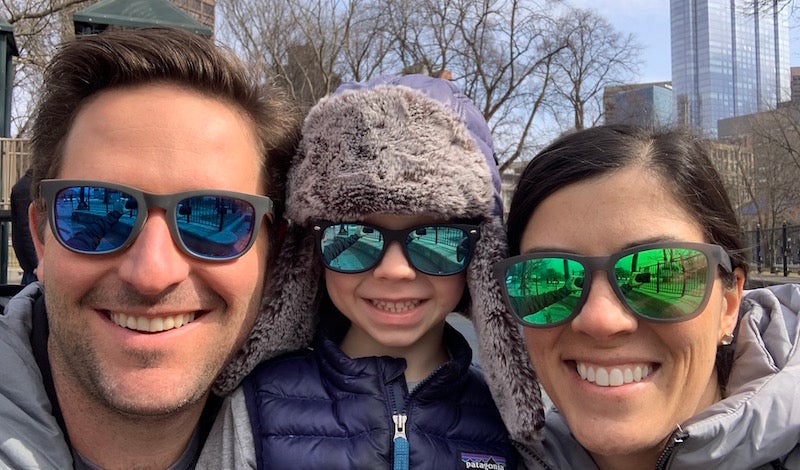
Charles Keller is one of very few people whose mission is to create therapies for rare pediatric cancer, and almost one year before Rucker would pass away, the Colliers funded and set in motion the first and only study of SEF with Keller at its helm at Children’s Cancer Therapy Development Institute in Portland, Oregon. “I told people our goal is to cure Rucker, but if we are not able to do that, we are going to leave a trail for people to come behind us and we are going to cure this disease for other people,” John says. And indeed that has become his and Katie’s mission since Rucker passed away last fall.
Through the Rucker Collier Foundation, they continue to fund Keller’s SEF study in Rucker’s memory as well as to support other families battling SEF and other rare soft tissue sarcomas that leave patients with few options. The foundation’s website provides for others all the research, experts and resources the Colliers fought so hard to find. “I want all the work we did to not disappear but to be the starting point for the next person who gets diagnosed with this, and they can start way further along than if we didn’t do this,” John says. “We’ve already started the marathon, and we can pass the baton and tell you how do to it and run next to you and give you water.”
Currently a 26-year-old single mom of four kids who has stage IV SEF—one of the people Katie connected with through Facebook—is trying to get to Memorial Sloan Kettering Hospital in New York City from North Carolina, and the Colliers plan to help her get there through the foundation. They also want to help others get access to genomic profiling Rucker had done, which can cost tens of thousands of dollars and often isn’t covered by insurance because it’s considered experimental. “The genomic profile of the disease helps you figure out what therapies might be effective,” John explains. “I think that will be the future for cancer treatment. You will see therapy customized to what your cancer is made of not what bucket it fits in from the top.”
It’s the Colliers’ hope that they can help other cancer patients jump through extra hoops to get access to experimental therapies like the one they found for Rucker toward the end of his journey. There were no conventional means for their doctor to get it for Rucker, so John and Katie jumped high. “We had to go to the manufacturer to get it for Rucker, and we had to get a compassionate use exemption and get the FDA to approve it specially for Rucker’s case,” Katie says. “It’s frustrating that kids are put at a disadvantage just for being kids. Children’s cancer might be rarer than adult cancer, but children possibly respond better and have a longer life to live if they are cured.”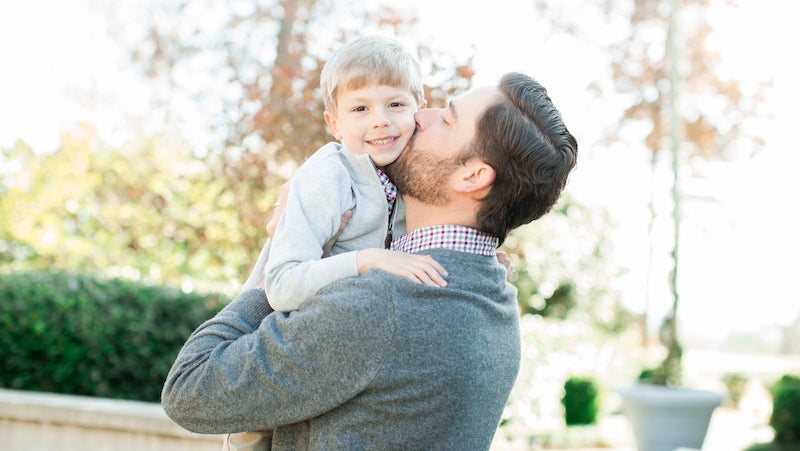
For example, the Colliers learned that in some chemo drugs you can give children more drugs in proportion to their body weight than adults because their livers can get it out of their system faster and handle the toxins better than adults. “It makes you wonder how many failed trials never made it to children that might have worked,” Katie says. She also noted that most cancer trials start and end with adults and never get to children despite the fact that children are often more resilient and that childhood cancer research only receives about 4 percent of government funding of all cancer research.
Although the Rucker Collier Foundation began just a few months ago, the Colliers have been busy doing good in their son’s memory. Over the holidays they delivered warm meals to the oncology floor staff at Children’s of Alabama who were working on Christmas Eve and Christmas Day, and they have been dreaming about creating an activity room outside the oncology clinic in memory of Rucker for the kids who have to spend so much time there. As a part of their efforts to also support childhood cancer organizations that supported their family, the foundation is now sponsoring the Saturday night DJ-ed dance at each session of Camp Smile-A-Mile. “(The dance) was Rucker’s absolute favorite thing,” Katie says. “He was on the dance floor until 11 p.m., and we were the last ones to leave.”
Rucker’s legacy also lives on literally through his cancer tissues, which his parents donated to Keller’s study after he passed. Keller and his team have replicated it to create cell line that researchers will be able to use for SEF research for years to come. Now that it’s been created, the researchers will implant tumor tissue in mice and test new therapies for SEF on them. The end goal is to bring these therapies to trial and to current patients, especially as the number of cases will likely go up as an increase in genomic testing will allow for more sarcoma patients to receive a more precise diagnosis.
When the cell line that will make all of this possible came into being earlier this year, Keller asked the Colliers if they wanted to name it with the standard set of just a few letters. In that moment, a brave boy who held two thumbs up came to their minds, and the name was clear:
“EZ-PZ.”
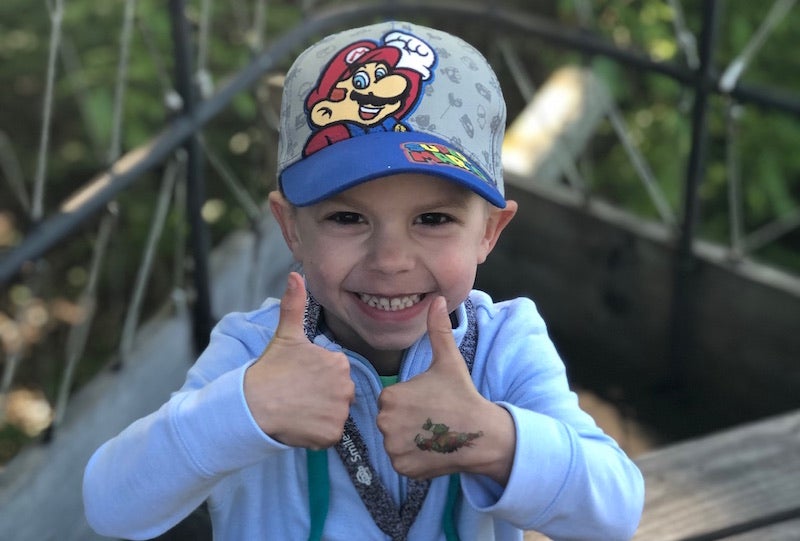
Ways to Support the Foundation
Here’s how you can support the work of the Rucker Collier Foundation:
Follow updates on ruckercollierfoundation.com and @ruckercollierfoundation on Instagram. The Colliers are planning to hold an annual event around Rucker’s birthday in June to celebrate his life and raise awareness for SEF.
Donate a financial gift to the foundation on ruckercollierfoundation.com.
Attend the Character Meet and Greet event at Vestavia Hills High School organized by RISE on the morning of April 3. The Rucker Collier Foundation will be its beneficiary this year.
Encourage any organizations that fundraise for other nonprofits and companies that have charitable arms to consider giving to the foundation.



